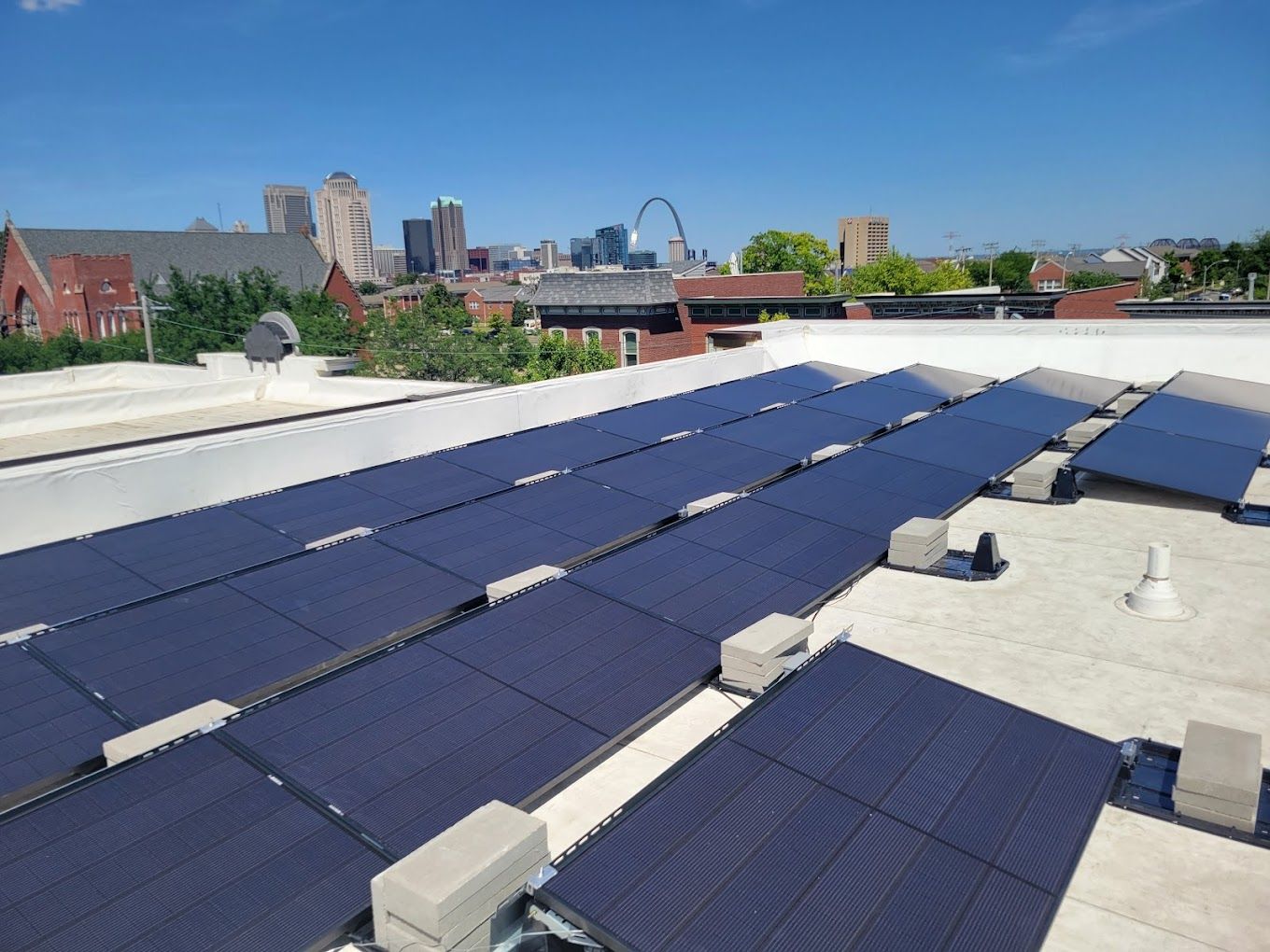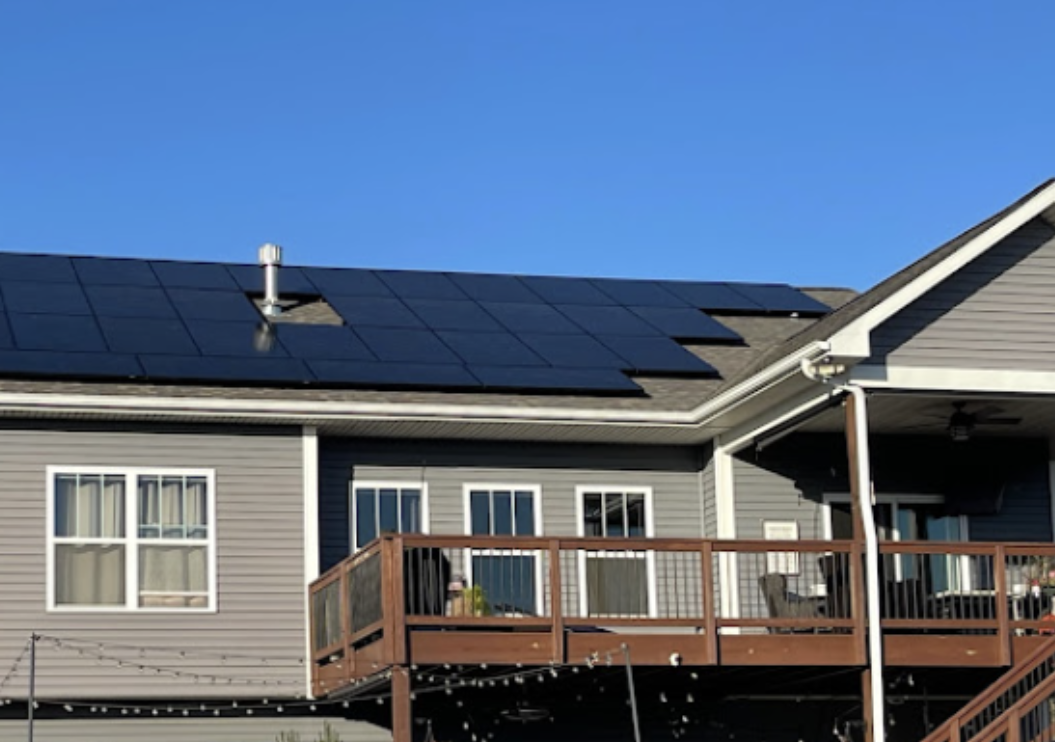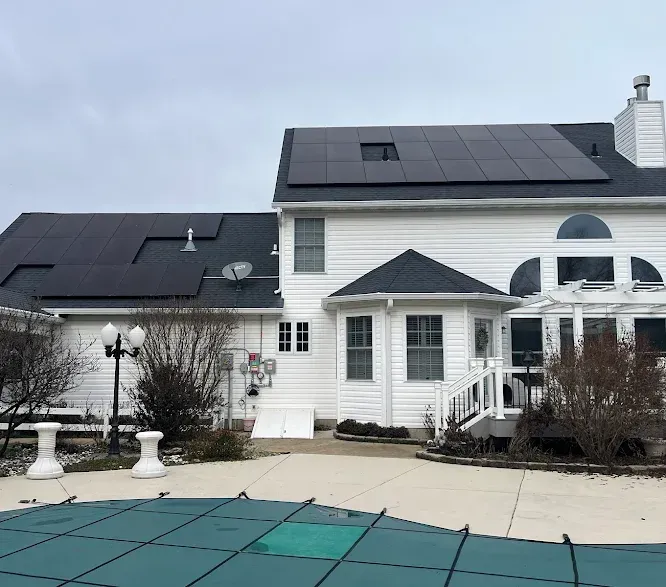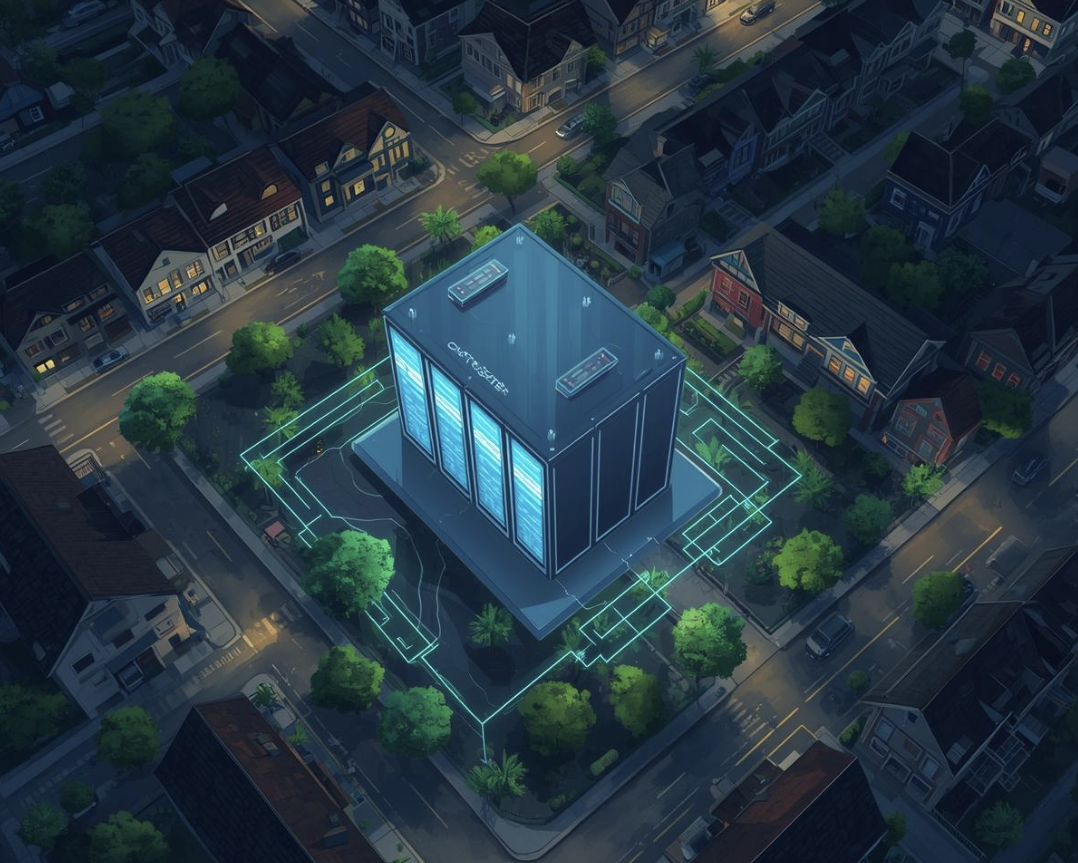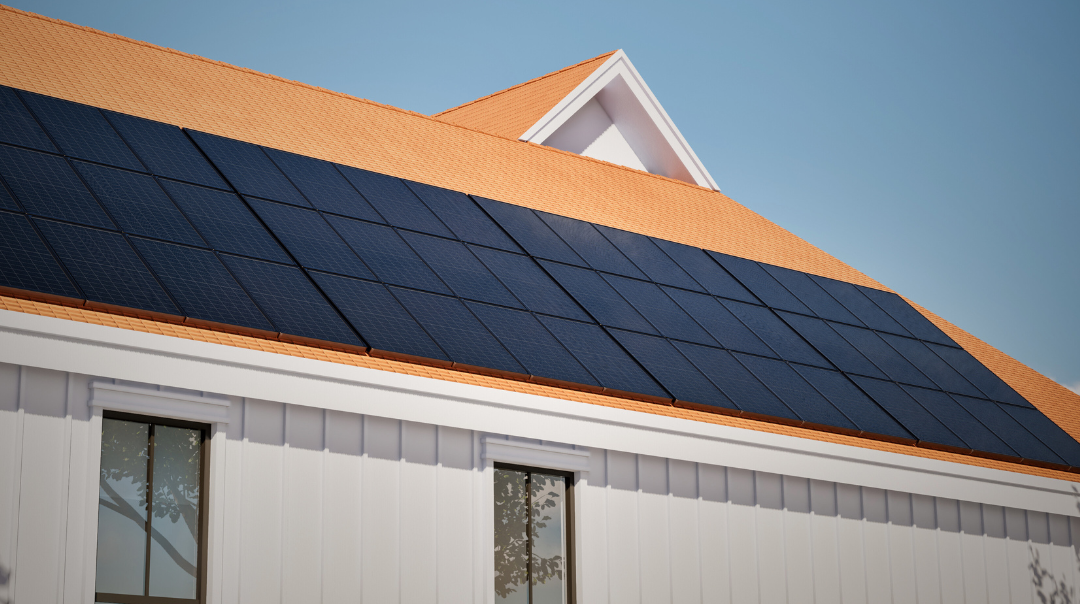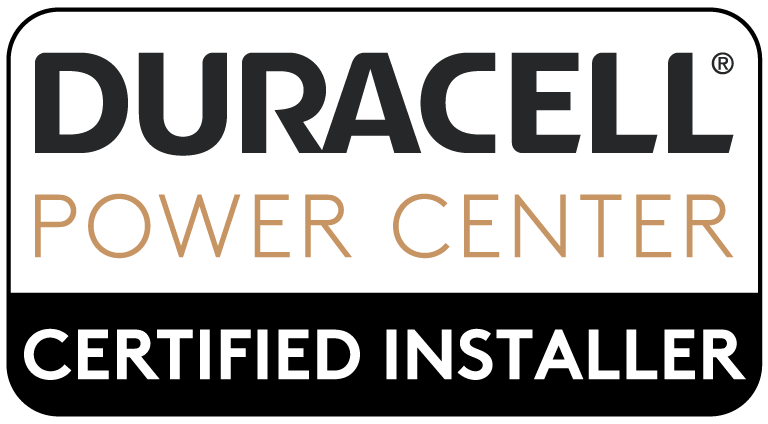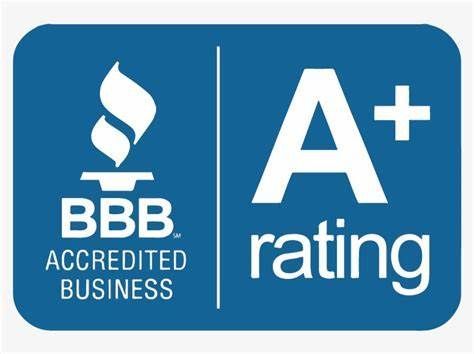By Jack Casey
•
December 18, 2025
The headlines are sounding the alarm: Illinois is facing a massive electricity supply shortfall. A Dec 16, 2025, report from the Illinois Power Agency, ICC, and IEPA has confirmed what many homeowners felt in their wallets this past summer—our power grid is under unprecedented stress. As hyperscale data centers expand across the state to fuel the AI revolution, the demand for electricity is outstripping new generation. If you live in St. Louis or across the bridge in Illinois, this isn't just a "tech problem"—it’s a direct threat to your monthly budget and energy reliability. The "Guzzlers" in the Neighborhood: Why Data Centers Impact You Data centers are the backbone of our digital world, housing the servers that power everything from streaming services to complex AI models. However, they are also "power guzzlers." Unlike a typical office building, a data center runs 24/7 and requires massive amounts of electricity for both processing and cooling. In Illinois, particularly in areas like Hoffman Estates and Elk Grove Village (now the second-largest data center market in the nation), these facilities are drawing energy equivalent to entire small towns. This surging demand, combined with the retirement of aging coal and gas plants, has created a "perfect storm" for the power grid. Understanding the Grid: PJM, MISO, and the $666.50 Spike Our electricity is managed by regional organizations: PJM Interconnection (serving Northern Illinois/Chicago) and the Midcontinent Independent System Operator (MISO) (serving Downstate Illinois and the Ameren region). These organizations hold "capacity auctions" to ensure there is enough electricity to meet future demand. The numbers from the 2025 report are staggering: MISO Region (Ameren): In 2024, the cost to secure electricity capacity was roughly $30 per megawatt-day . In 2025, that cost skyrocketed to $666.50 . PJM Region: Capacity prices have cleared at maximum levels, with shortfalls projected to begin in 2029 . MISO Region: Reliability deficits are projected to emerge by 2031 . When the "wholesale" cost of ensuring power reliability jumps over 2,100% , those costs eventually land on the ratepayer. This is why Illinois residents saw their bills double last summer, and it is the primary reason why finding the best solar energy solutions for homeowners has moved from a "green choice" to a financial necessity. Solar Energy: The Individual Solution to a Systemic Problem While the state works on long-term policy, homeowners can take immediate action to insulate themselves from grid volatility. Solar power allows you to generate your own "capacity," meaning you rely less on a grid that is being drained by Big Tech. How to Maximize Savings with Solar Panels By generating your own power, you effectively "lock in" your energy rates for the next 25+ years. To truly protect your investment, you need a cost analysis of solar installations that factors in the looming rate hikes. When the grid price is unpredictable, a fixed solar loan or a cash purchase becomes the ultimate hedge against inflation. Expert Guidelines for Evaluating Solar Panel Efficiency Not all panels are created equal. When the grid is strained, every watt counts. We provide strict guidelines for evaluating solar panel efficiency , ensuring you use high-output Tier 1 modules that perform even on the cloudy days typical of a Midwest winter. The Role of Your Roof Many homeowners overlook the impact of roof condition on solar system performance . A failing roof can lead to leaks and the expensive need to remove and reinstall panels later. This is why SunSent offers comprehensive benefits of bundled solar and roofing services . We ensure your home's foundation is solid before the first panel is ever installed, providing a seamless, one-stop experience. Why SunSent is Your Energy Partner in St. Louis and Illinois Navigating the transition to clean energy can be complex. From understanding local tax incentives for solar installation in Missouri to navigating the Illinois Shines (SREC) program, you need an expert who lives and works in your community. At SunSent Solar , we don't just sell panels; we design energy independence. Tailored Financing: We provide a comparative analysis of financing options for solar systems , from $0$-down solar loans to traditional purchases, ensuring your monthly savings outweigh your monthly payment. Commercial Expertise: We also specialize in the benefits of going solar for businesses , helping local Illinois and Missouri companies offset the massive "demand charges" that utilities are now imposing to cope with the data center surge. Guaranteed Peace of Mind: We help you in understanding solar warranties and guarantees , so you know your system is protected against the elements and technical failures for decades to come. The data center boom isn't slowing down, and neither is the strain on our grid. By choosing solar today , you aren't just helping the planet—you're claiming your seat at the table of energy reliability. Frequently Asked Questions (FAQ) Q: Why are my Ameren/ComEd bills going up even if I haven't changed my usage? A: Much of the increase is due to "capacity charges." As the 2025 report explains, utilities must pay record-high prices to guarantee power will be available during peak times, largely because data centers have "sucked" the surplus capacity out of the market. Q: Is it true that solar panels won't work if my roof is old? A: We strongly advise against putting new solar on an old roof. The impact of roof condition on solar system performance is significant; a compromised roof can sag or leak. Our bundled solar and roofing services allow you to upgrade both at once, often with one easy financing plan. Q: Are there still incentives available for me in Missouri? A: Yes! While programs change, there are significant local tax incentives for solar installation in Missouri, including property tax exemptions and federal credits. We stay up-to-date on every local program to ensure you get every dollar you're entitled to. Q: How do I know if my system is efficient enough to beat the rate hikes? A: Our experts follow strict guidelines for evaluating solar panel efficiency. We look at your historical usage and the specific orientation of your roof to design a system that maximizes your solar harvest and reduces your "grid-rented" energy to a minimum. Tired of Big Tech driving up your utility bills? Contact SunSent Solar today for a personalized energy audit and see how much you can save!
